Aston Martin DBX707 rides high over its performance rivals
Power, scale, opulence and drama – road-testing the Aston Martin DBX707, the brand’s new high-performance luxury SUV
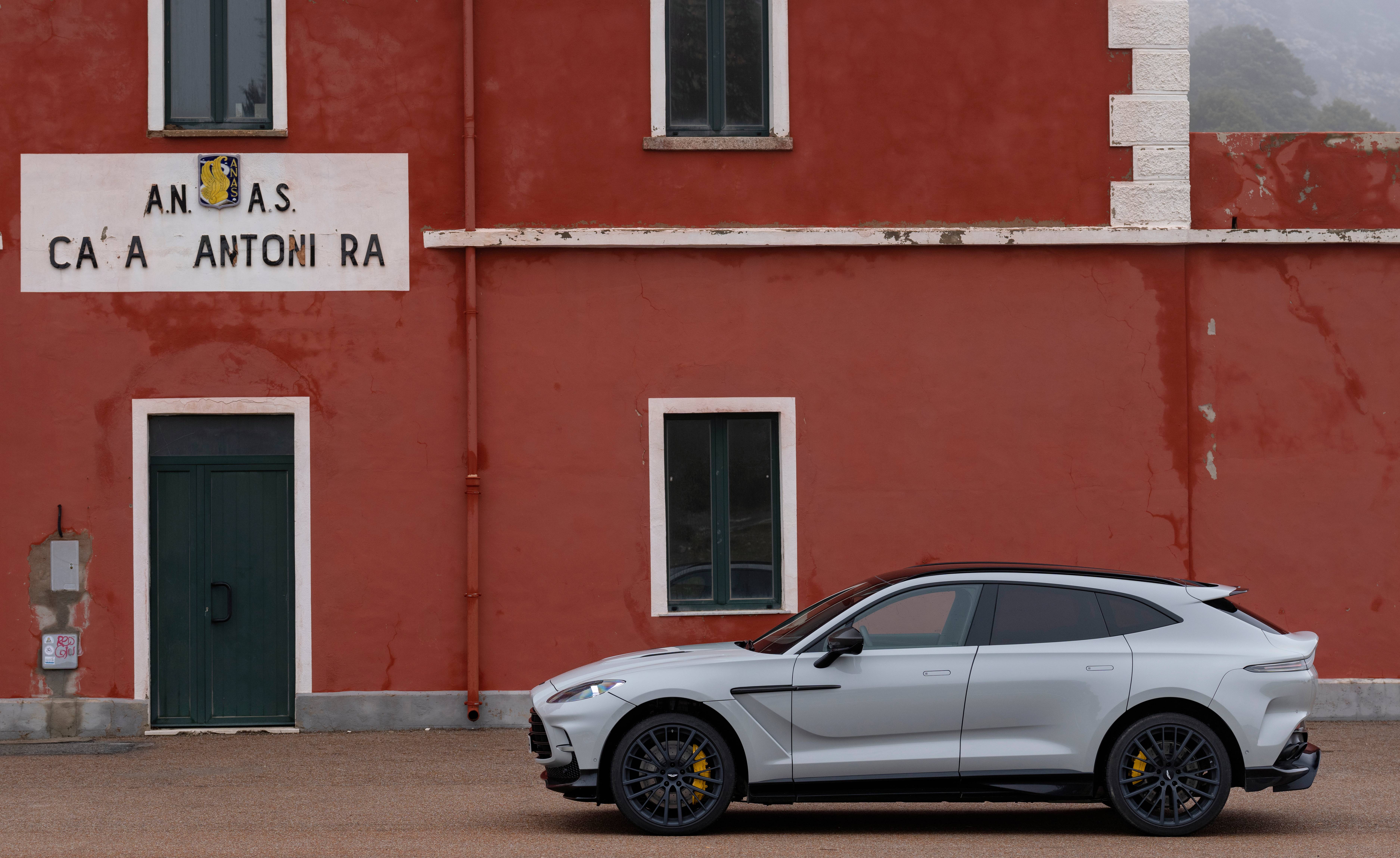
Max Earey - Photography
The new Aston Martin DBX707 can be seen as the last gasp of pure, unfettered combustion, a car that celebrates power, scale, opulence, speed, and drama in their basest forms, with no concession to the change sweeping through the auto industry.
But is it a good car? The best tool for the job is usually the one you have to hand, and so it proves on the empty, off-season tracks, roads, and highways of Sardinia, location for the DBX707’s global reveal. (We've since also looked at the 2024 updated Aston Martin DBX707, with new interior and infotainment.)
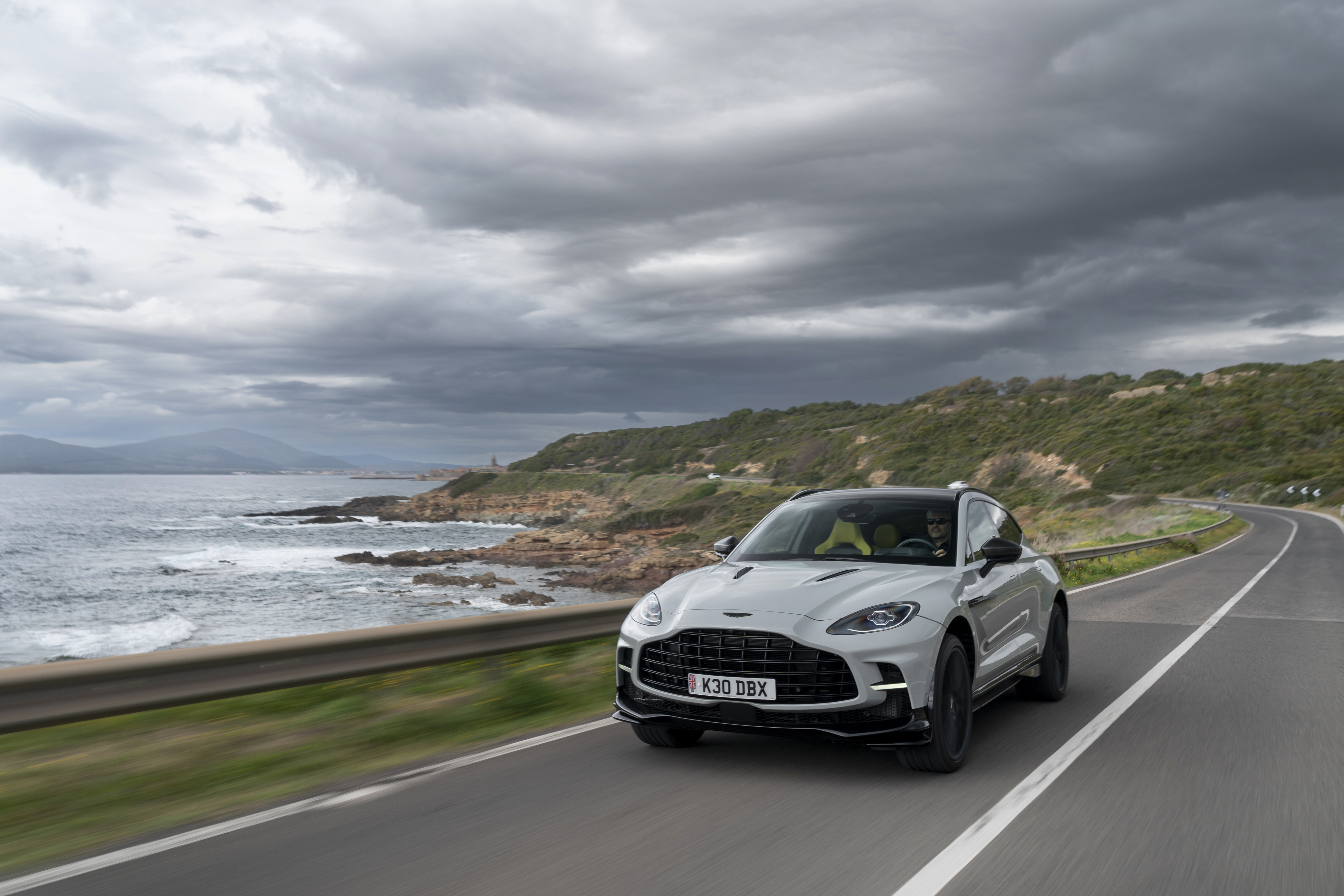
The DBX707 is an uprated, boosted, and emboldened, version of Aston Martin’s first SUV, the V8-powered DBX that was launched back in 2020. The DBX made a pretty decent fist of translating Aston’s fabled design elegance into the upright, beefy SUV package, delivering the brand’s first true five-seater in the process.
The 707 – so named for the prodigious number of PS (‘Pferdestärke’, a measure of power roughly equivalent to old school horsepower) it pumps out – is not simply more of the same. In addition to the power boost, there are visual tweaks, including a bigger grille, larger spoilers, new colours, and new interior trim elements and controls.
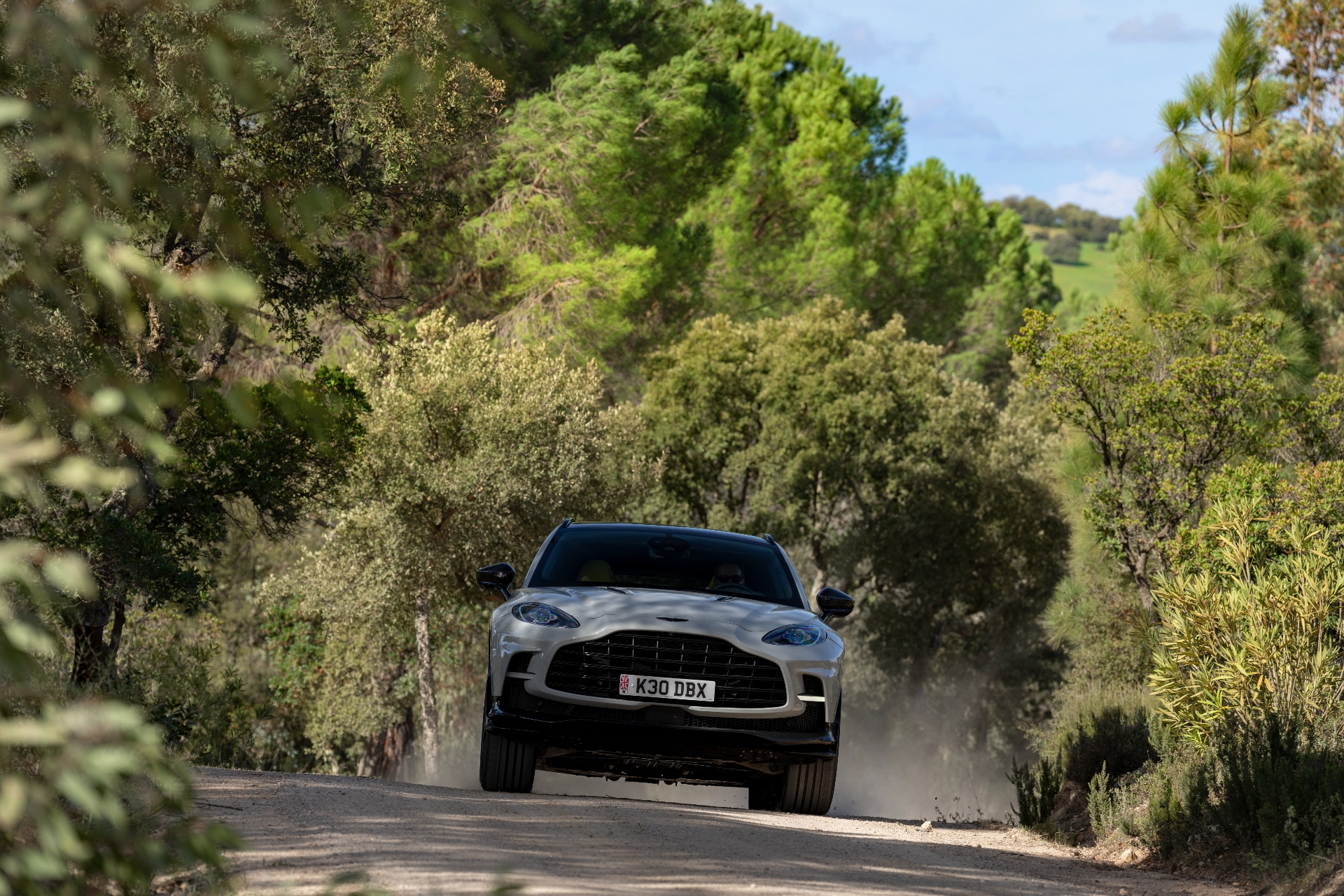
The main reason the 707 exists is bragging rights. If you’re in the market for a luxury high-performance SUV, chances are that you will want the fastest and most powerful.
Lamborghini’s gauche Urus set the benchmark, but the 707 was able to pip it to the post, with a 0-62mph time of 3.3 seconds and a top speed of 193mph. The Urus, if you’re curious, is a whole 0.3 seconds and 3mph slower respectively.
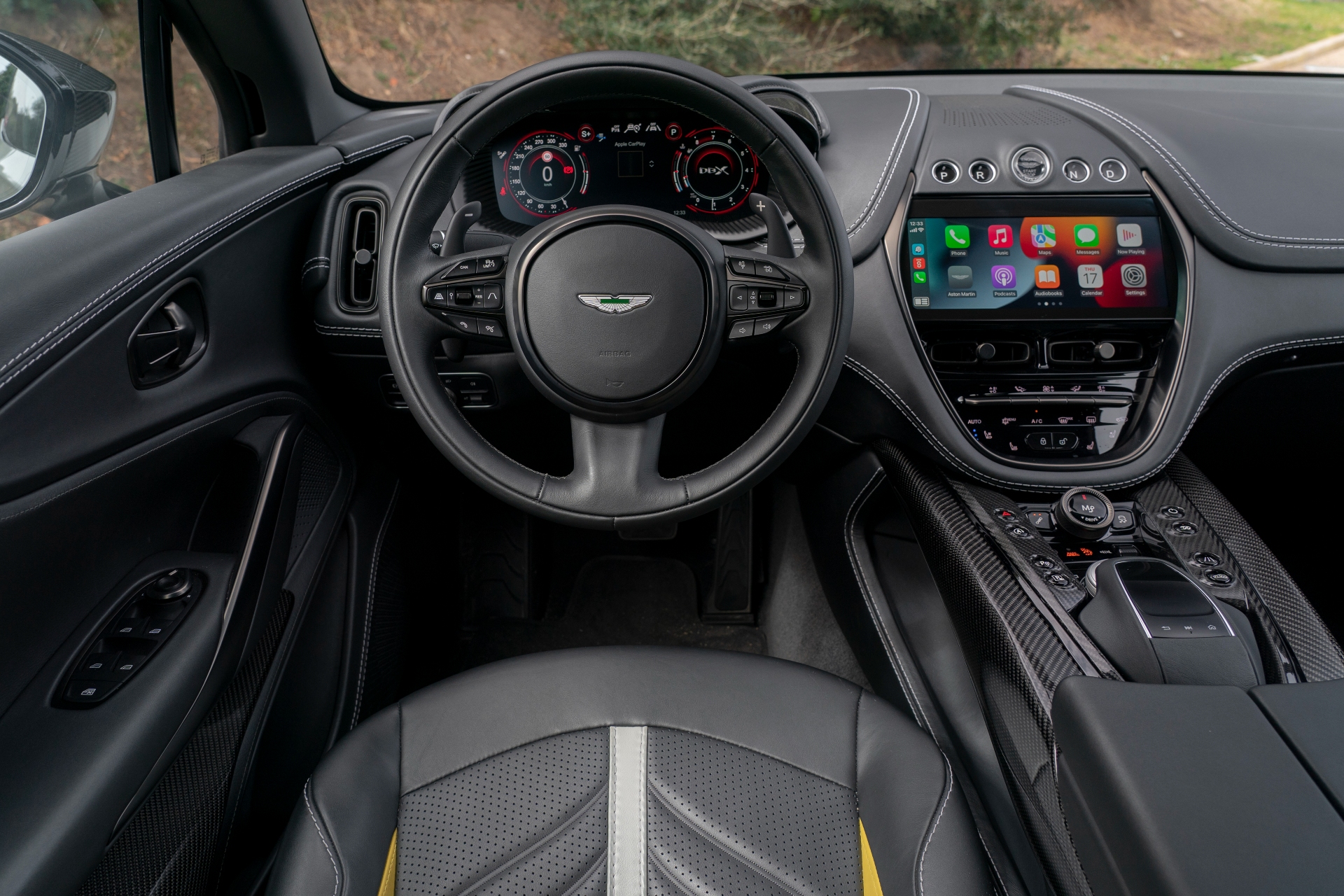
These fractional gains look best on paper. In the real world, what matters most is the cut of the seat leather, the curve of a wing, or the tactility of the switchgear. The DBX project was initiated to lure new conquests to the British brand and help shore up sales so as to provide a solid economic base for the more ostentatious – and far less profitable – sports cars that made the 109-year old company’s name. It’s the same playbook that saved Porsche back at the turn of the century. Lotus is taking a similar path, albeit an electrified one, with its British-designed, Chinese-built Eletre SUVs. Even Ferrari is venturing into this sector later in the year, with the long-awaited Purosangue.
Wallpaper* Newsletter
Receive our daily digest of inspiration, escapism and design stories from around the world direct to your inbox.
Put-out purists lost the argument that sports car makers shouldn’t meddle with SUVs quite some time ago; the real challenge is to make those SUVs look good. The DBX is probably the best of the current bunch, losing none of its essential ‘Aston Martin’ qualities, despite being a substantially larger chunk of metal.
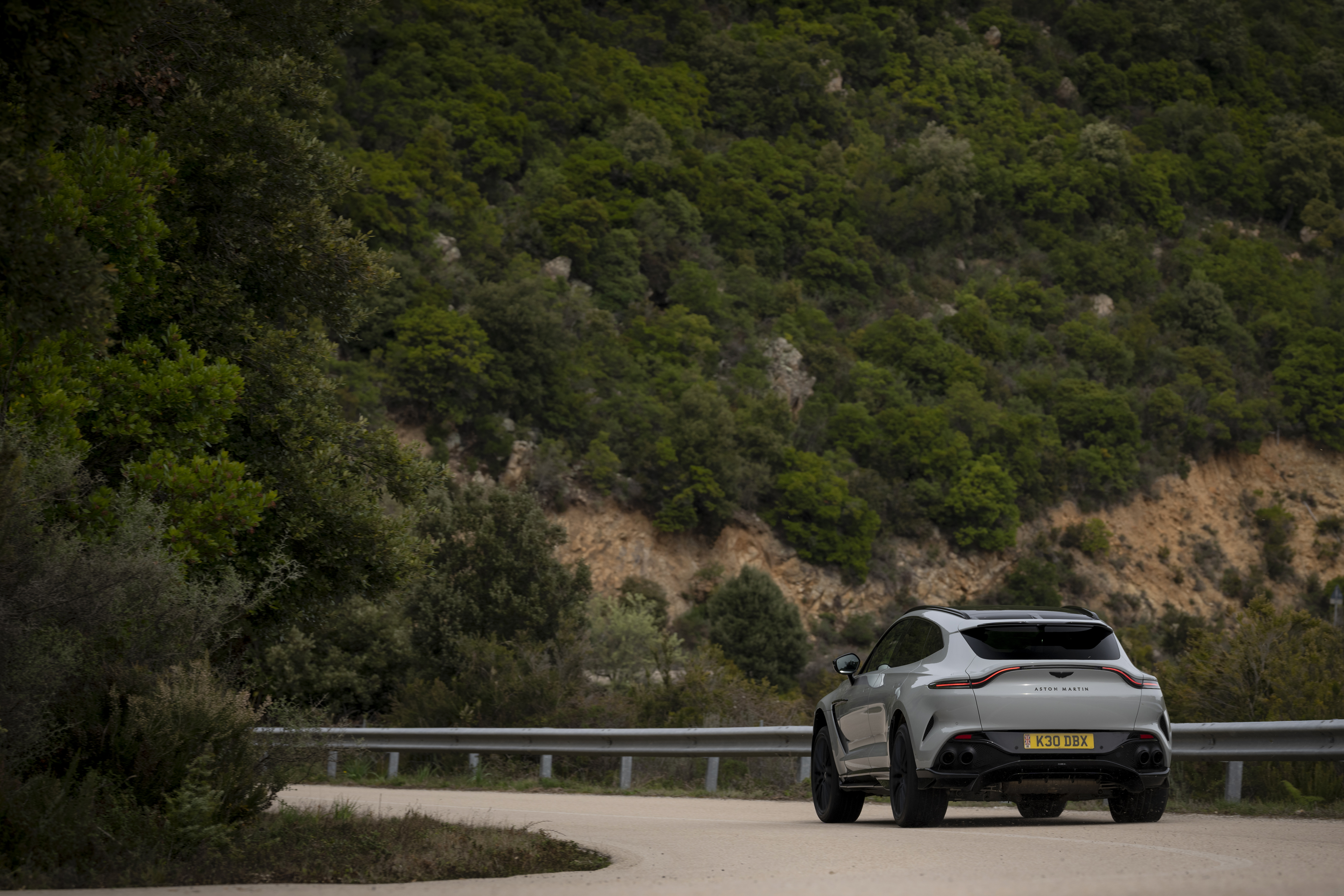
Astons tend to get used on a day-to-day basis, and the DBX’s practical nature makes this the easiest machine to live with out of a range that includes the sinuously dramatic DBS and the wind tunnel-honed intricacy of the Valkyrie hypercar. The latter is essentially an F1 car for the road, with all of the packaging compromises you might expect, while the former excels at long-distance cruising.
For the time being, SUVs – even traditional fossil-fuelled ones – still rule the roost in certain territories, and the 707 is a perfect match for light suburban environs, whether it’s Shanghai or southern California.
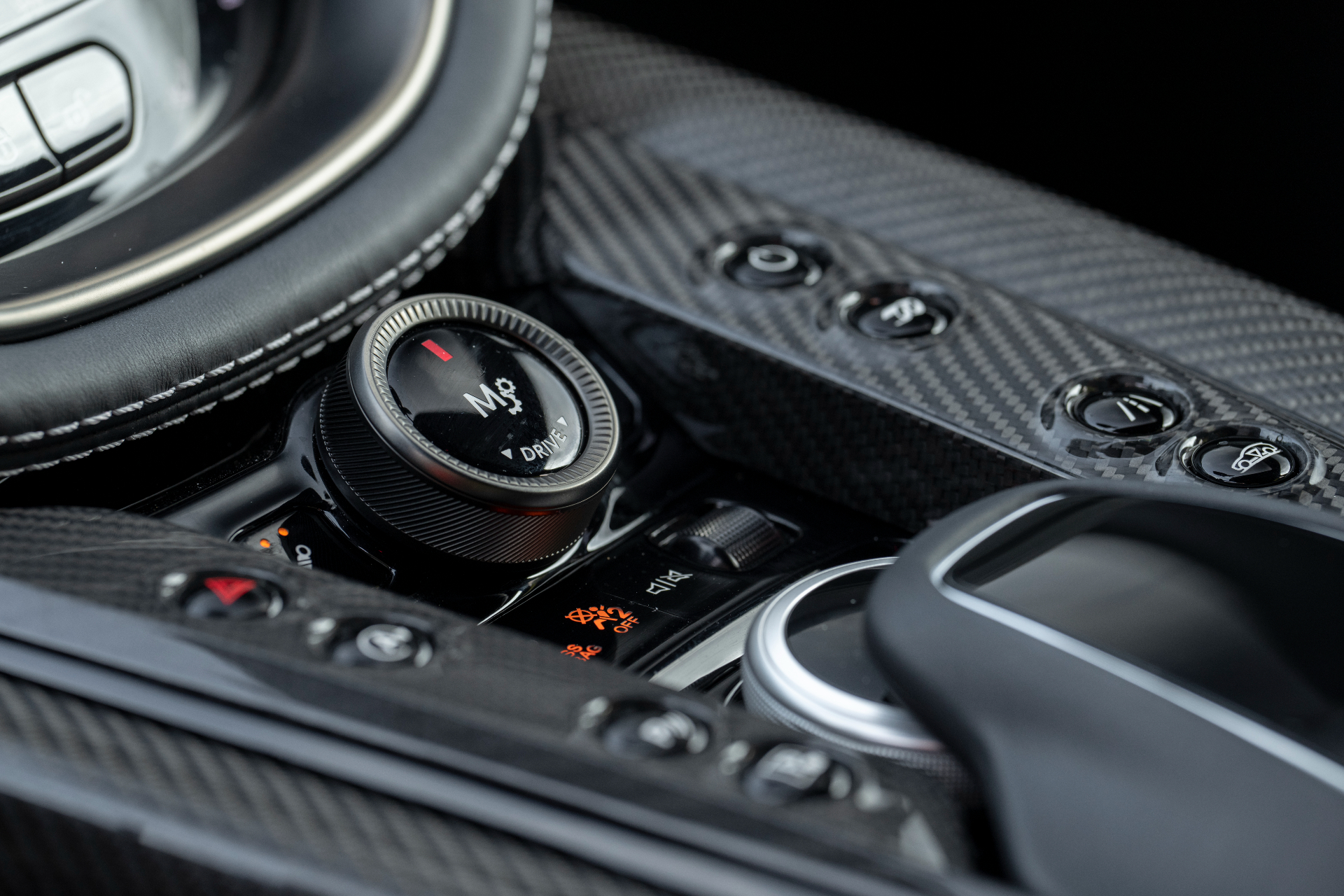
That’s the commonest use case, but as ever with modern motor cars, the DBX707’s capabilities far outrun its typical use cases. An Aston Martin might not be as adept at fording rivers as a Range Rover, but it’ll certainly wade puddles that would put off a conventional sports car. And whilst the full-on, all-out ‘Sport+’ mode is barely suited for the public road, the DBX’s standard levels of refinement and comfort far exceed what you’d experience in a two-seater.
One possible snag – be it personal or political – is the DBX707’s prodigious ability to suck up fossil fuels and pump out CO2 (all within regulatory boundaries, of course). If your personal creed demands that green trumps mean, then waiting for 2023’s rumoured plug-in hybrid DBX is a more suitable choice.
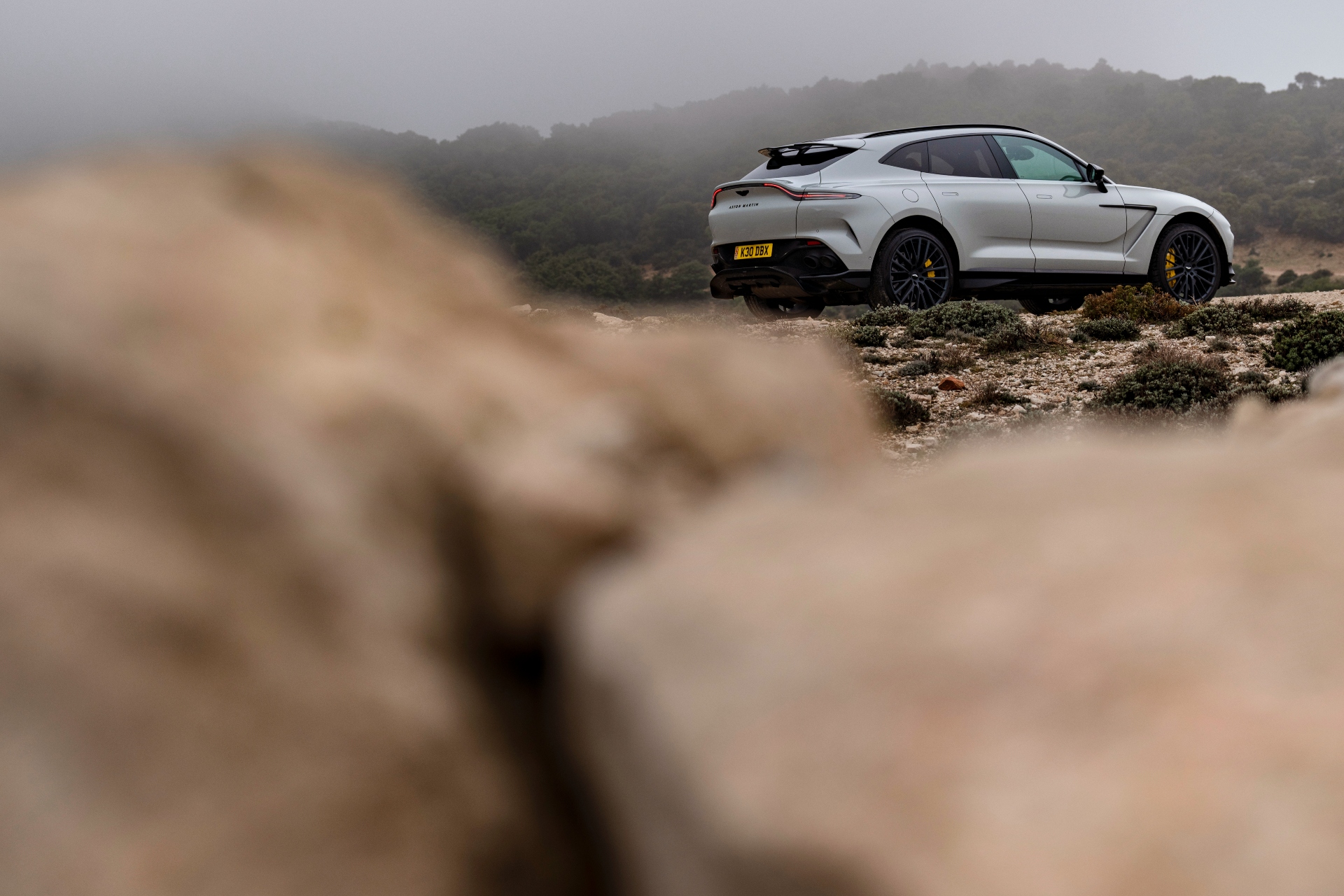
Sardinia was an excellent proving ground, not least because Aston Martin booked out the wild Cala di Volpe hotel built by the Aga Khan in the 1960s, subsequently frequented by Roger Moore and his trouser suit in 1977’s The Spy Who Loved Me. Moore’s Bond car of choice was a Lotus, not an Aston, but the ‘stunt driver’ who hurled the dart-like white Esprit around Sardinia’s twisty hillsides for the film was one Roger Becker, actually Lotus’s engineering director.
In a cinematic twist, Becker’s son Matt was the Aston engineer who fettled the DBX project from the outset (although he has since left the company).
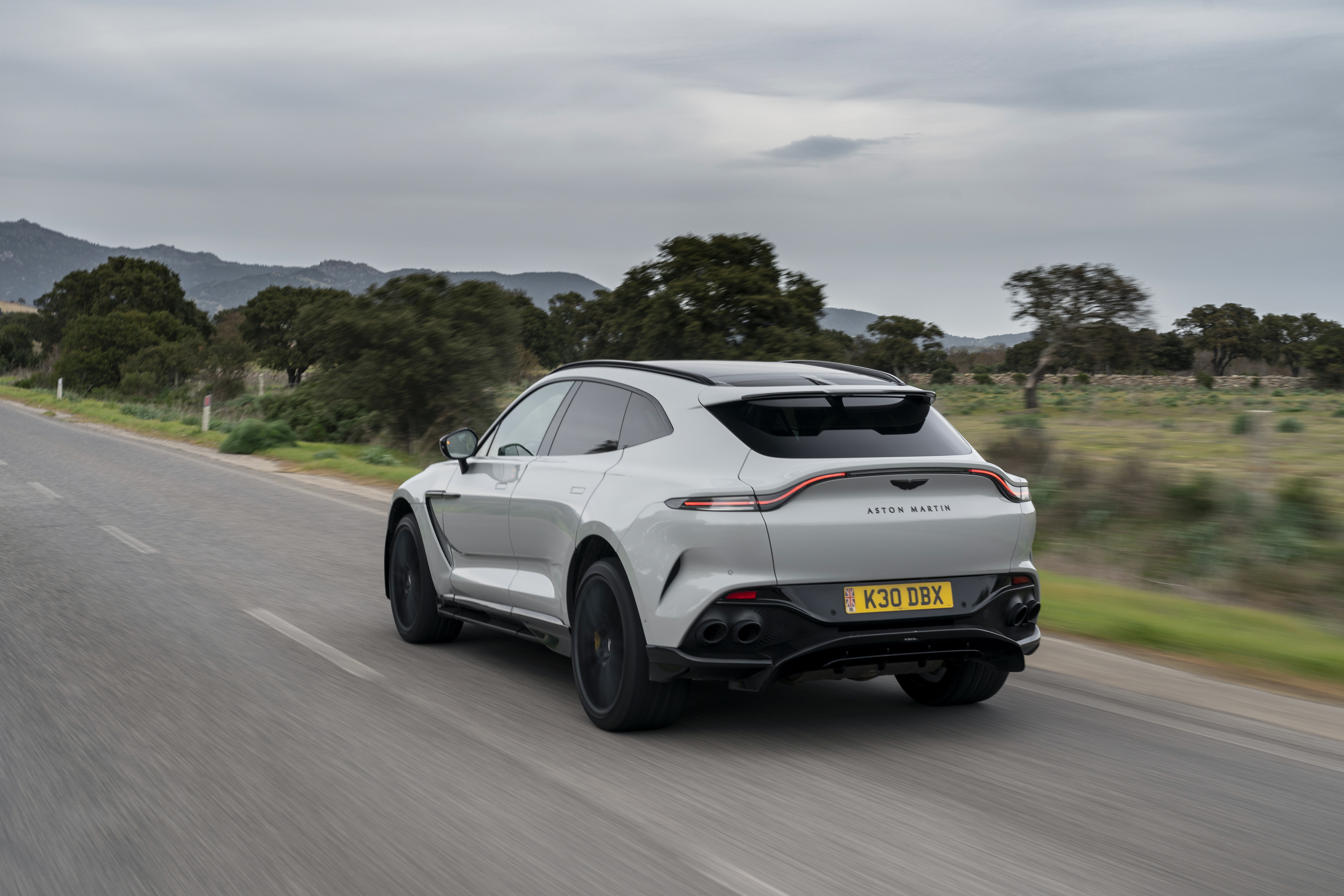
An empty dual carriageway stretching out to the horizon, with no wind, no rain, and perfect visibility, offered a rare chance to explore the higher reaches of the 707’s capabilities. Suffice to say, that distant horizon was reeled in with impressive rapidity, just as the far-off specks resolved into traffic moving at a more conventional speed. Bragging rights are a fundamental, if flawed, part of the luxury car-buying process. Yet when victory is measured in mere tenths of a second, more important things like comfort, quality and appearance have to be taken into consideration.
Happily for other road users, the DBX707 can win most of these battles without having to move an inch.
INFORMATION
Aston Martin DBX707, from £189,000
Jonathan Bell has written for Wallpaper* magazine since 1999, covering everything from architecture and transport design to books, tech and graphic design. He is now the magazine’s Transport and Technology Editor. Jonathan has written and edited 15 books, including Concept Car Design, 21st Century House, and The New Modern House. He is also the host of Wallpaper’s first podcast.
-
 This new Vondom outdoor furniture is a breath of fresh air
This new Vondom outdoor furniture is a breath of fresh airDesigned by architect Jean-Marie Massaud, the ‘Pasadena’ collection takes elegance and comfort outdoors
By Simon Mills
-
 Eight designers to know from Rossana Orlandi Gallery’s Milan Design Week 2025 exhibition
Eight designers to know from Rossana Orlandi Gallery’s Milan Design Week 2025 exhibitionWallpaper’s highlights from the mega-exhibition at Rossana Orlandi Gallery include some of the most compelling names in design today
By Anna Solomon
-
 Nikos Koulis brings a cool wearability to high jewellery
Nikos Koulis brings a cool wearability to high jewelleryNikos Koulis experiments with unusual diamond cuts and modern materials in a new collection, ‘Wish’
By Hannah Silver
-
 Peugeot’s sparky 308 gets hybrid power and handsome lines
Peugeot’s sparky 308 gets hybrid power and handsome linesThe Peugeot 308 proves that mass-market design needn’t be dull, blending hybrid power with sharp lines and excellent detailing
By Jonathan Bell
-
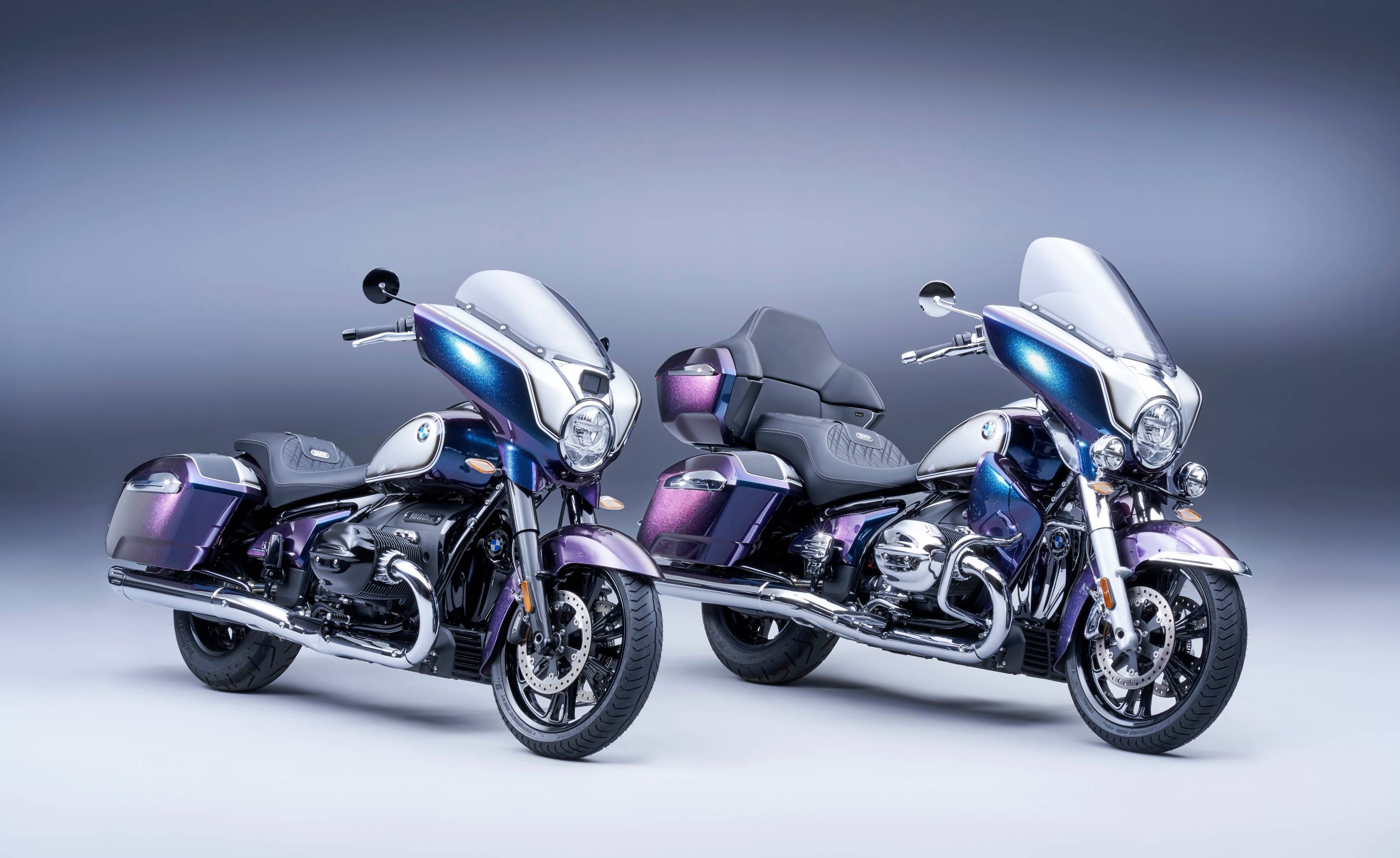 BMW Motorrad brings out the big guns for its newest cruisers
BMW Motorrad brings out the big guns for its newest cruisersBMW Motorrad R 18 Bagger and Transcontinental set the tone for high-voltage cruising with a brand collaboration with speaker specialist Marshall
By George Chapman
-
 Dacia’s new Manifesto concept is a true outdoor utility vehicle
Dacia’s new Manifesto concept is a true outdoor utility vehicleUtilitarian auto brand Dacia sets a bold new agenda with its Manifesto, a concept car pitched at the active outdoor market
By Jonathan Bell
-
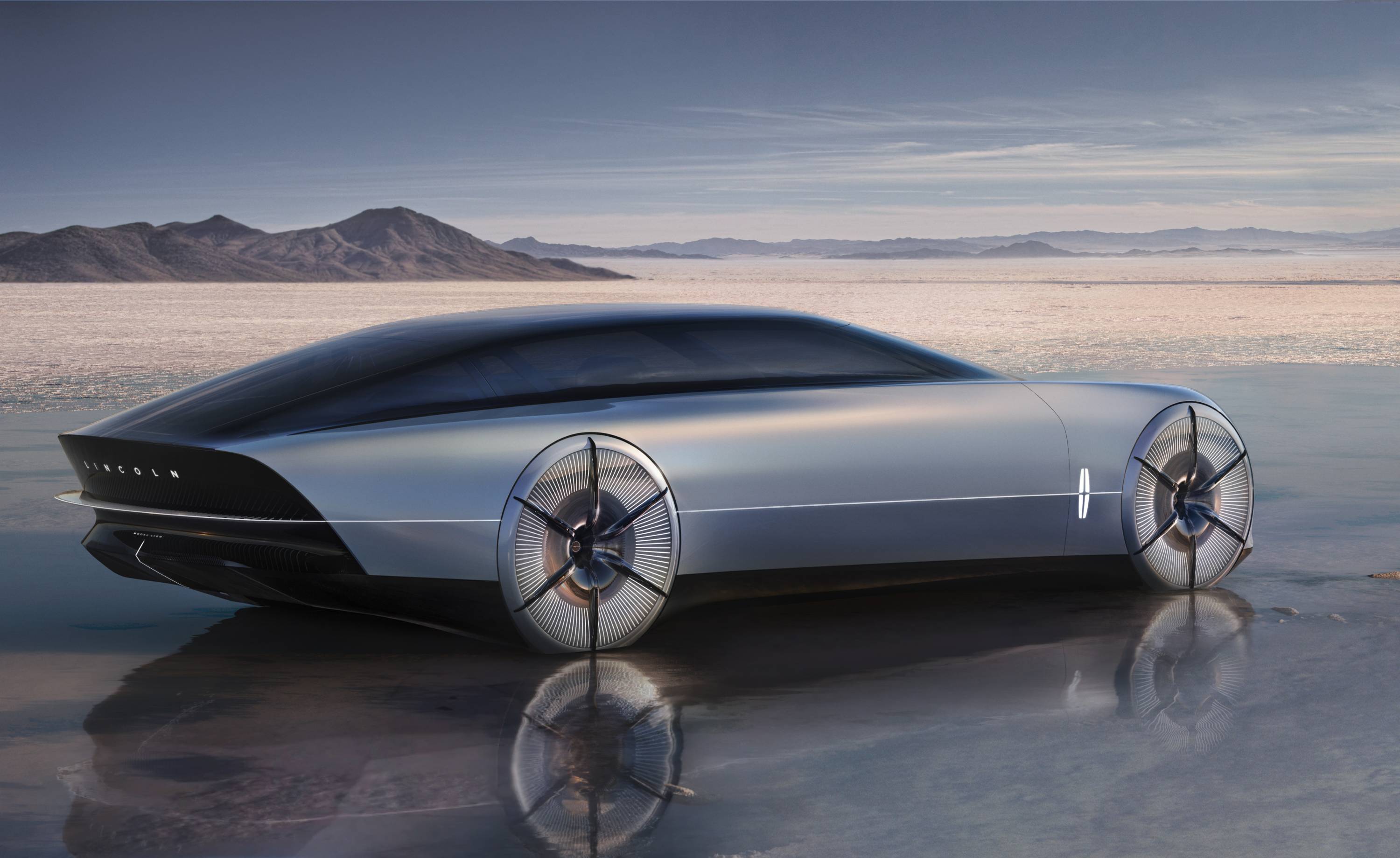 The sun sets on traditional supercars at California’s Monterey Car Week
The sun sets on traditional supercars at California’s Monterey Car WeekMonterey Car Week, the world’s most prestigious car gathering, is showcasing ever-more extravagant special editions, coachbuilt cars and all-new electric concepts. Here are seven key machines from 2022
By Rory FH Smith
-
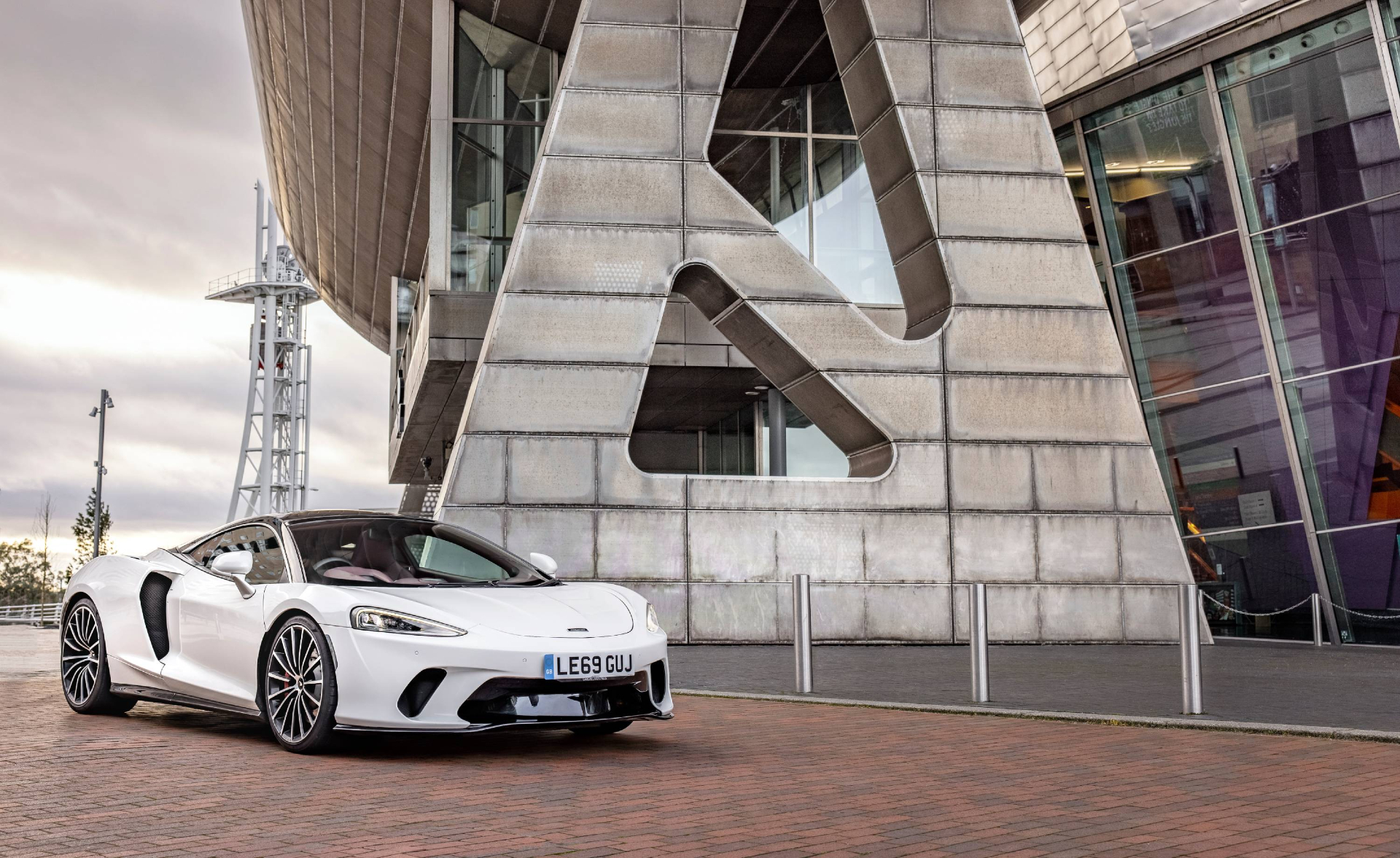 Is McLaren’s GT a sports car, a tourer, or the best of both?
Is McLaren’s GT a sports car, a tourer, or the best of both?The McLaren GT is a capable all-rounder dressed up in svelte supercar clothes. It might also be the last of its type
By Jonathan Bell
-
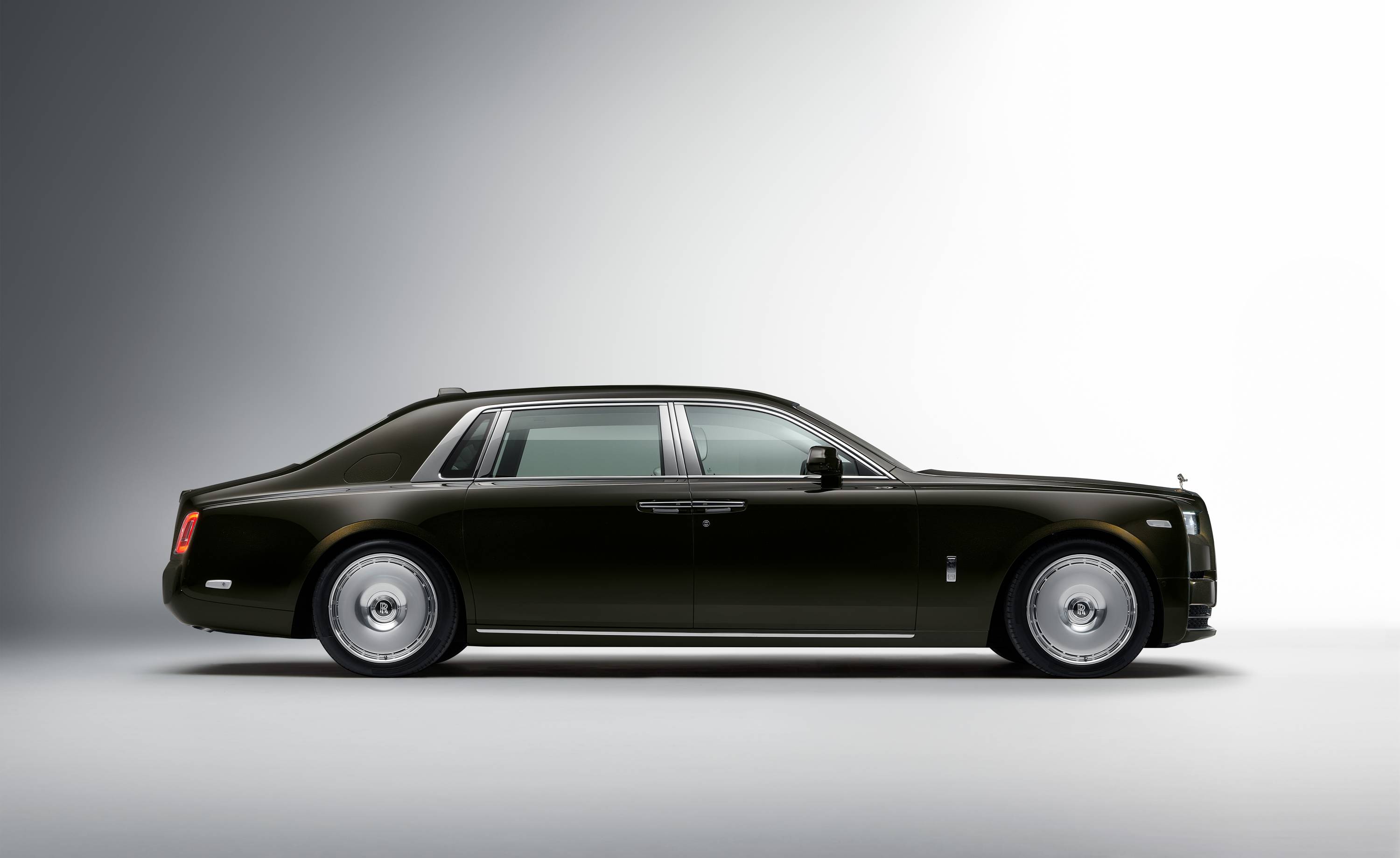 Rolls-Royce puts the Phantom back on its lofty pedestal
Rolls-Royce puts the Phantom back on its lofty pedestalA mid-life refresh ensures the flagship Rolls-Royce Phantom Series II is at the top of its game, a last hurrah for traditional engines before an electrified future
By Jonathan Bell
-
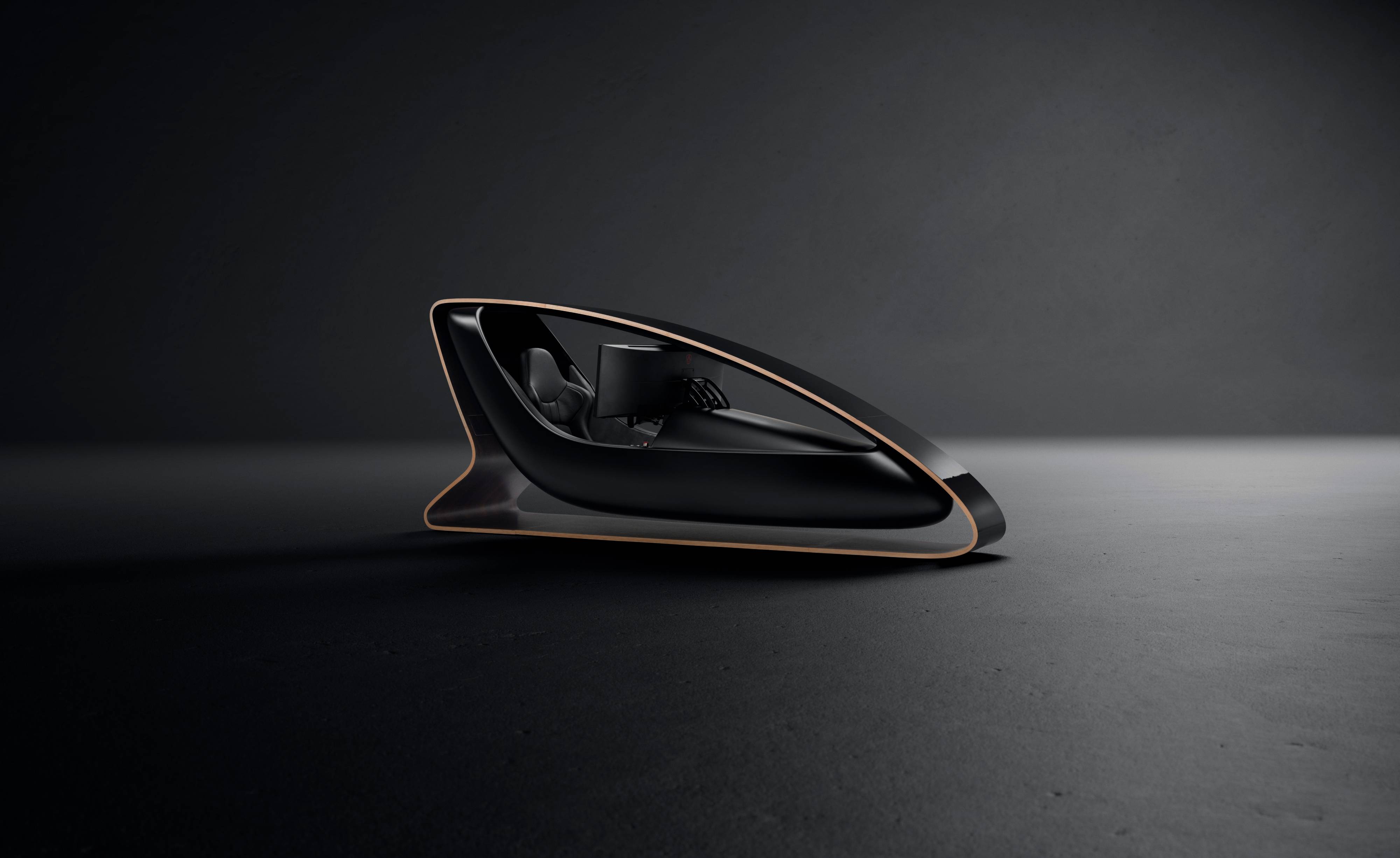 Prodrive’s new racing simulator is shaped by Callum to be front of the grid
Prodrive’s new racing simulator is shaped by Callum to be front of the gridThe racing simulator shapes up – this new design from Prodrive and Callum is honed for the high-end games room
By Jonathan Bell
-
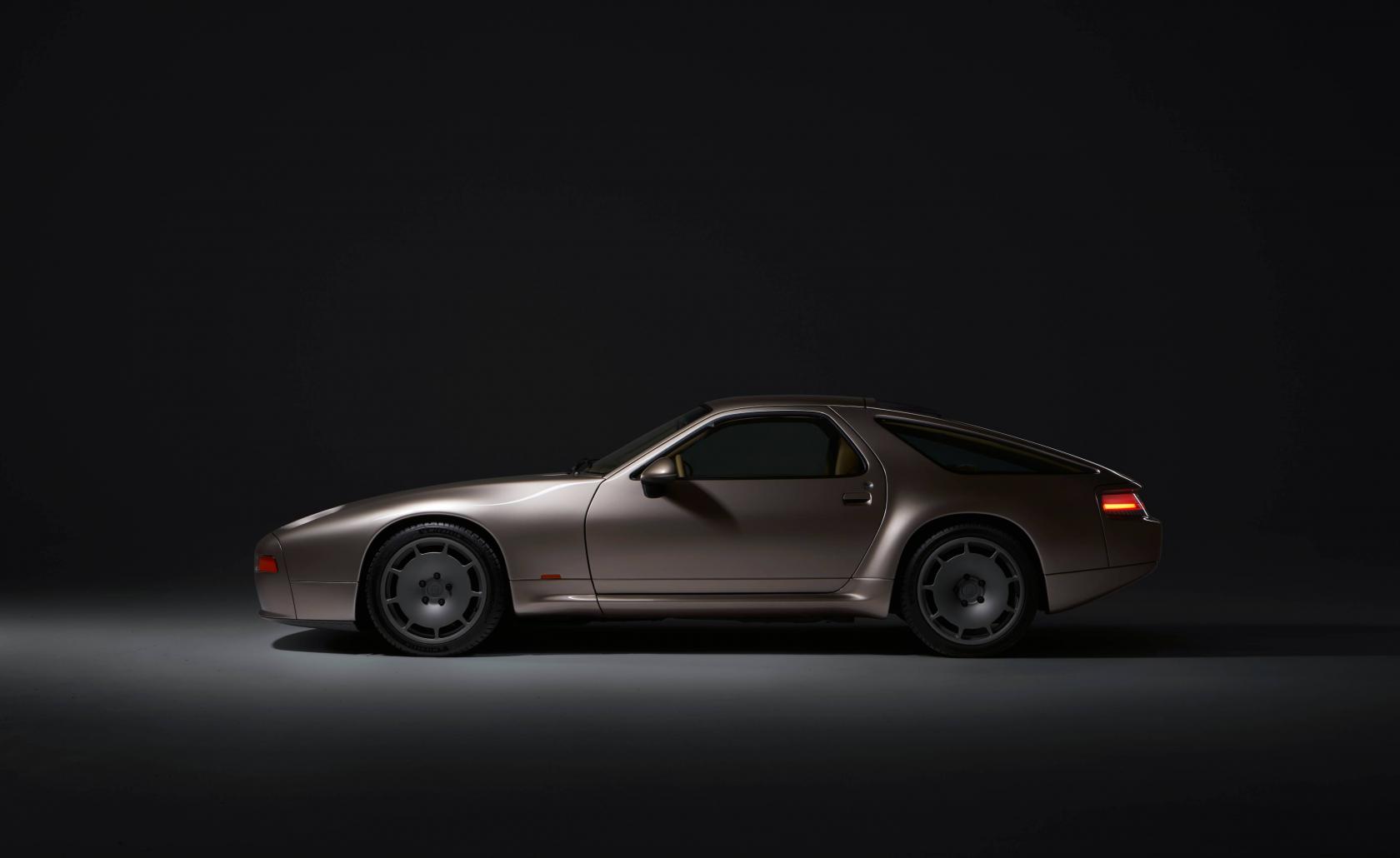 928 by Nardone Automotive: a restomod Porsche with Gallic verve and Italian style
928 by Nardone Automotive: a restomod Porsche with Gallic verve and Italian style928 by Nardone Automotive is a gracefully modernised version of Porsche’s endearingly different 928
By Jonathan Bell